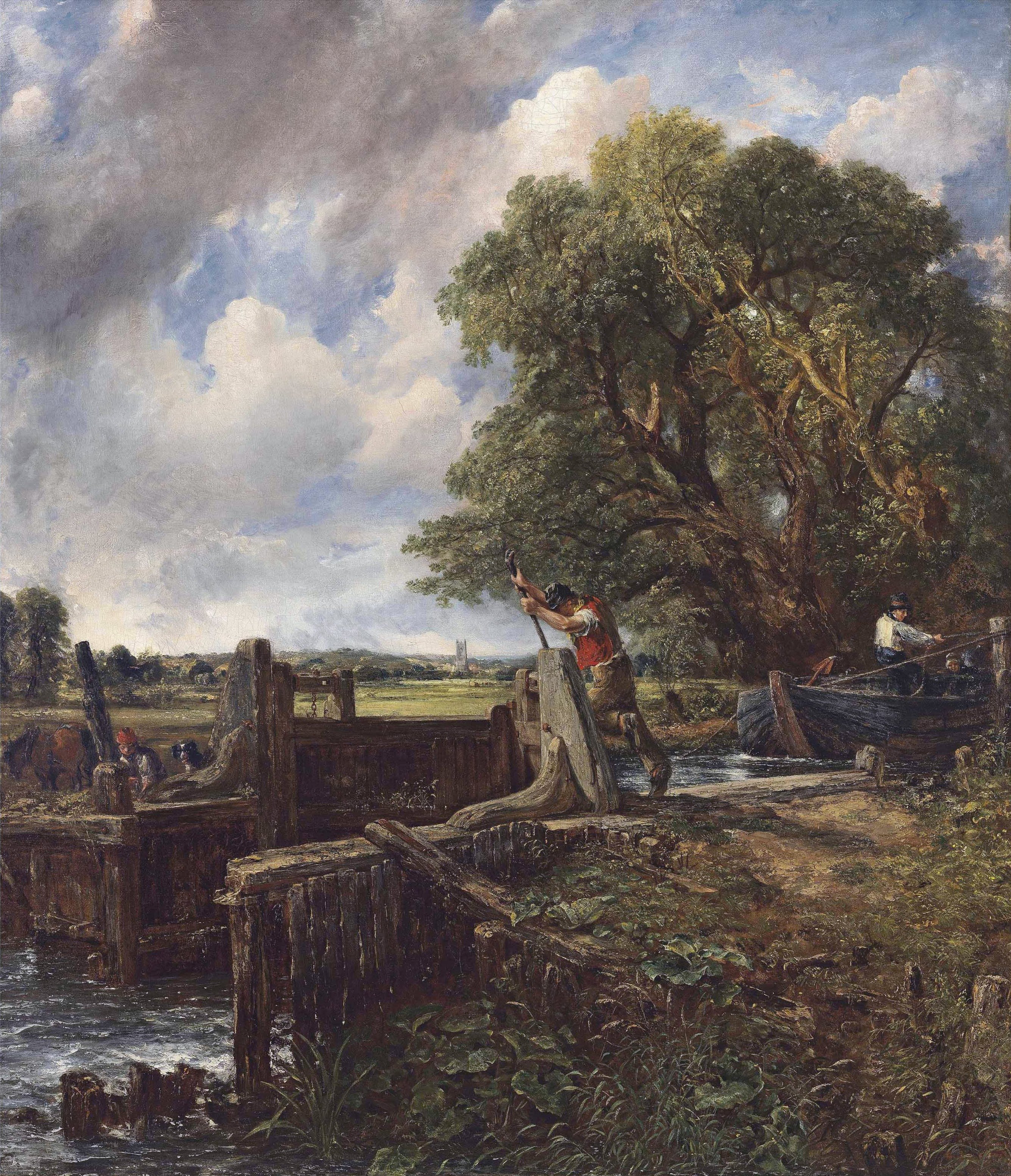I absolutely adore breakfast foods. In my house we frequently eat breakfast for dinner. I make a wonderful omelet, if I do say so myself. Bacon, sausage, biscuits, grits, and the like are some of my favorite foods in the world. Unfortunately, I rarely actually eat these for breakfast.
When I get up, I’m hungry. My kids are hungry. The very first order of our morning is breakfast and no one wants to wait around for me to cook so our morning meals consist of toast, muffins (already cooked), waffles (of the frozen variety), and toaster pastries.
The morning food offered in my house fits right in with a Regency breakfast, but that’s where the similarity ends.
Breaking Your Fast Meant You Had To Fast

While the concept of lunch was emerging in the Regency time, it was still not a normal meal. With only two meals in the normal day, breakfast was often delayed several hours after rising. Country farmers or those who worked for a living might eat as early as 8:00AM, but families of leisure would delay the meal until nearly 10:00AM.
Many people would rise, dress, and go for a ride, read books, shop, or write letters for two or three hours before eating. Just thinking about it makes me cringe. I’m so hungry when I first get up in the morning, there is no way I’d be able to concentrate on anything until I had breakfast.
Surprisingly Light for One of Two Meals
Given that it was one of two common meals in the day, one would think that breakfast would be filled with rich, delectable foods that would stay with you for hours. On the contrary, it was frequently toast with butter, honey, or marmalade.

It could be accompanied by meat such as ham or bacon, eggs made an occasional appearance, and those striving to impress a guest might include kippers (a fish dish), cold meat pies, or other types of pastries. Sometimes cake was even served.
Coffee, tea, and chocolate were served as well. I’m not much or a coffee or tea drinker, but I may pick up the habit of a mug of hot chocolate in the morning. It sounds rather appealing.
Of course, chocolate of the Regency period was more bitter, being much closer to raw chocolate than our sweetened version topped with whipped cream and chocolate sauce.
The Creation of Lunch
Because breakfast was such a light meal and dinner creeping later and later, especially for those living in Town, another meal emerged during the Regency.
At first luncheon was considered a feminine thing. Women unable to endure the eight to ten hours between breakfast and dinner started gathering for luncheon. Men, considering it too feminine a pursuit, simple grabbed some food at the pub or club without calling it luncheon. Later in the 1800s it became a more accepted endeavor, morphing into the essential business meal we still have today.
The Modern Variation of Breakfast Habits

Today, breakfast has as many variations as there are people. Some people, like me, eat a breakfast along the lines of Regency fair, simple, light, and fairly high on the carb scale. Others keep alive the tradition of waiting to eat, skipping breakfast and eating an early lunch or a light mid-morning snack. Others swear by that first cup of coffee.
What are your breakfast habits? Do you cook a big breakfast as a family? Grab the most convenient thing on your way out the door? Share your breakfast habits in the comments below.
Originally posted 2012-08-06 10:00:00.














 And who, in the Regency, had jobs that were most likely to force them to travel? Besides the merchants, it was the men in the army and navy. As in every era, wars and rumors of war abounded in the Regency. Take your forty shillings from King George and you were likely to find yourself far, far away from your native England. America? France? Even India? All these destinations and more were possible for the man in uniform. No promises of holiday feasts or vacation amusements, but if you wanted to see the world in the early 1800s, joining up would almost guarantee it.
And who, in the Regency, had jobs that were most likely to force them to travel? Besides the merchants, it was the men in the army and navy. As in every era, wars and rumors of war abounded in the Regency. Take your forty shillings from King George and you were likely to find yourself far, far away from your native England. America? France? Even India? All these destinations and more were possible for the man in uniform. No promises of holiday feasts or vacation amusements, but if you wanted to see the world in the early 1800s, joining up would almost guarantee it.